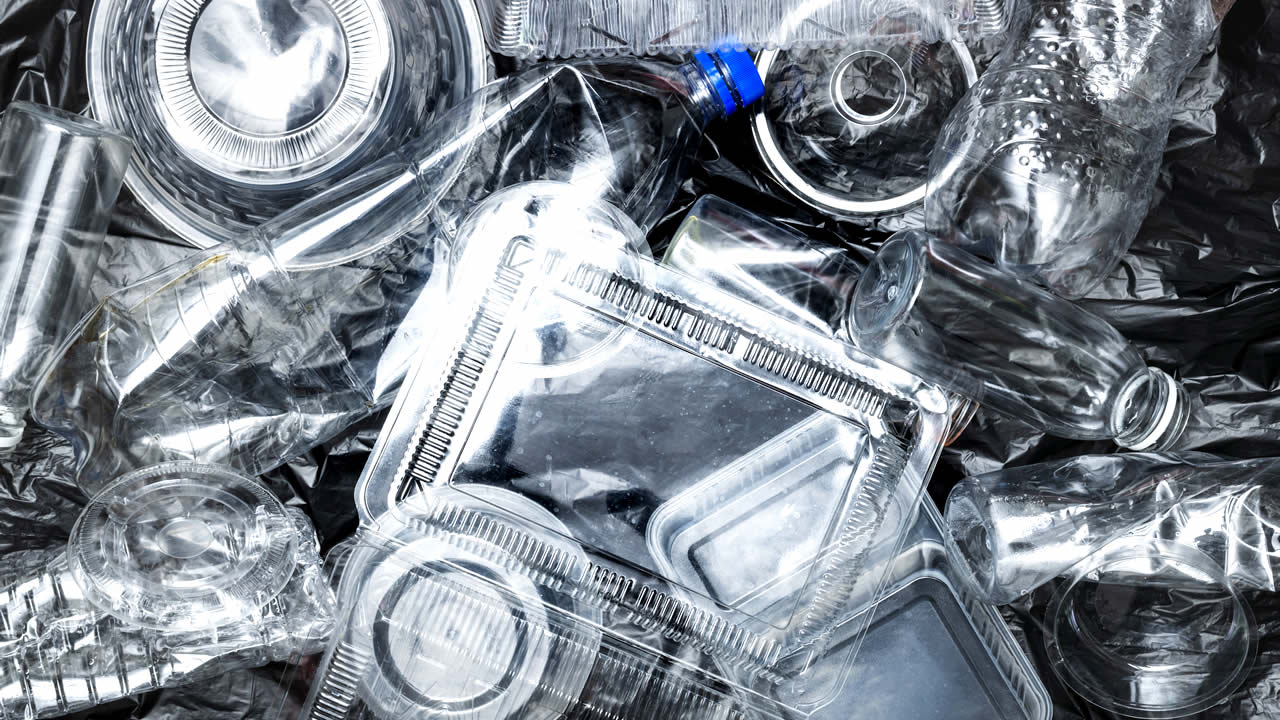Today, I visited a plastic packaging company to see how they recycle plastic packaging scraps — and it was eye-opening! When plastic packaging is made, there are always leftover scraps that don’t become part of the final product. Instead of wasting them, these scraps go through an important recycling process.
Sorting, Shredding, and Processing Scraps
All the scraps, whether clear or colored (with paint, ink, or other markings), are processed the same way. First, they are sorted and then cut or shredded into very small pieces. This shredding makes it easier and more efficient to clean and melt the plastic. After shredding, the plastic pieces are cleaned, melted down, and turned into tiny polyethylene pellets. These pellets become the building blocks for making new plastic products.
Clear vs. Colored Polyethylene Pellets
The main difference between clear and colored pellets is their value and what they can be used for:
- Clear polyethylene pellets have higher value. They can be recycled into new packaging, but not for food or animal food products. At this company, clear recycled polyethylene pellets are used to make packaging for items like toilet paper.
- Colored or printed polyethylene pellets have lower value and are recycled into products like trash bags, PVC pipes, or construction boards such as tapume.
Turning Waste Into Fuel
The company even sells some of these recycled pellets to other companies. And the money they make helps cover the cost of properly disposing of contaminated waste — the kind of waste that can’t be recycled or thrown away in regular ways.
To handle this, the company pays a specialized company to shred this contaminated material and take it to a cement factory. There, it’s burned as fuel to produce cement, thanks to its high energy content. The leftover ashes from this process are then added into the cement itself, creating an almost zero-waste cycle.
Why This Matters
It’s amazing how these little polyethylene pellets can be transformed into so many useful things, reducing waste and helping protect the environment. Seeing this process in action made me realize something important too: most of the plastic waste we see harming nature doesn’t come directly from plastic companies — it often comes from how people use, discard, and litter plastic every day. And if everyone does their part, we can help change the world into a better, cleaner place.


